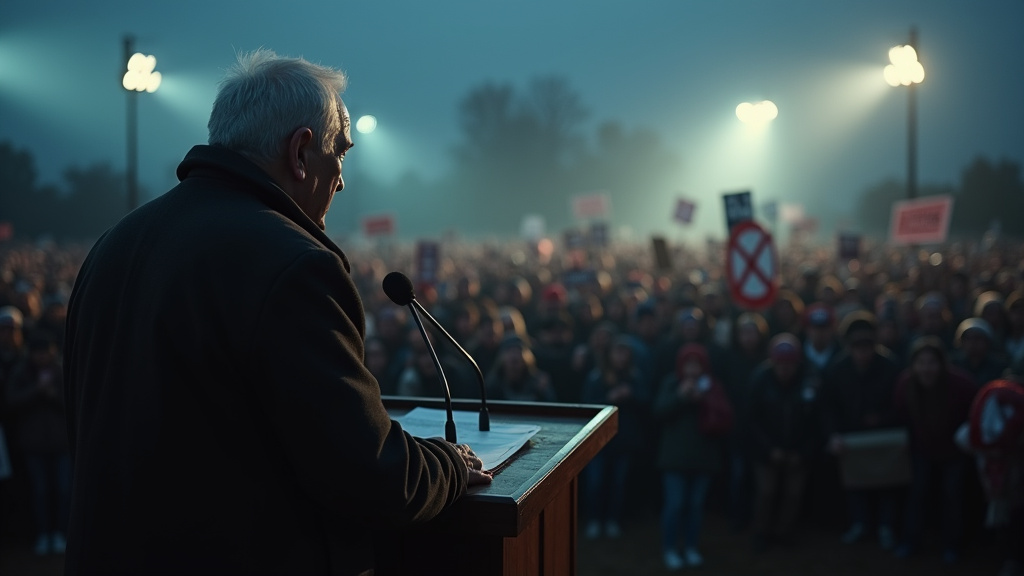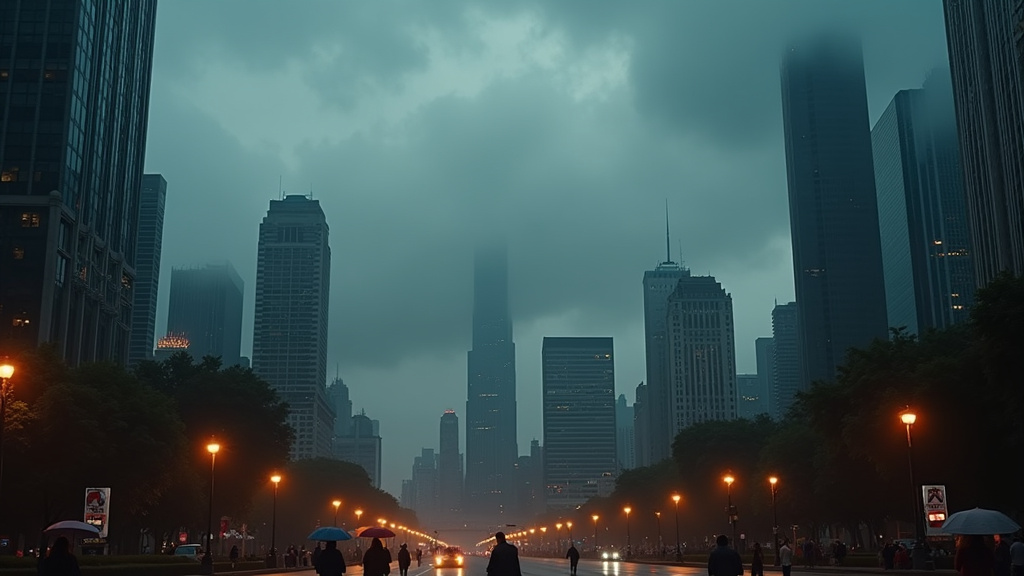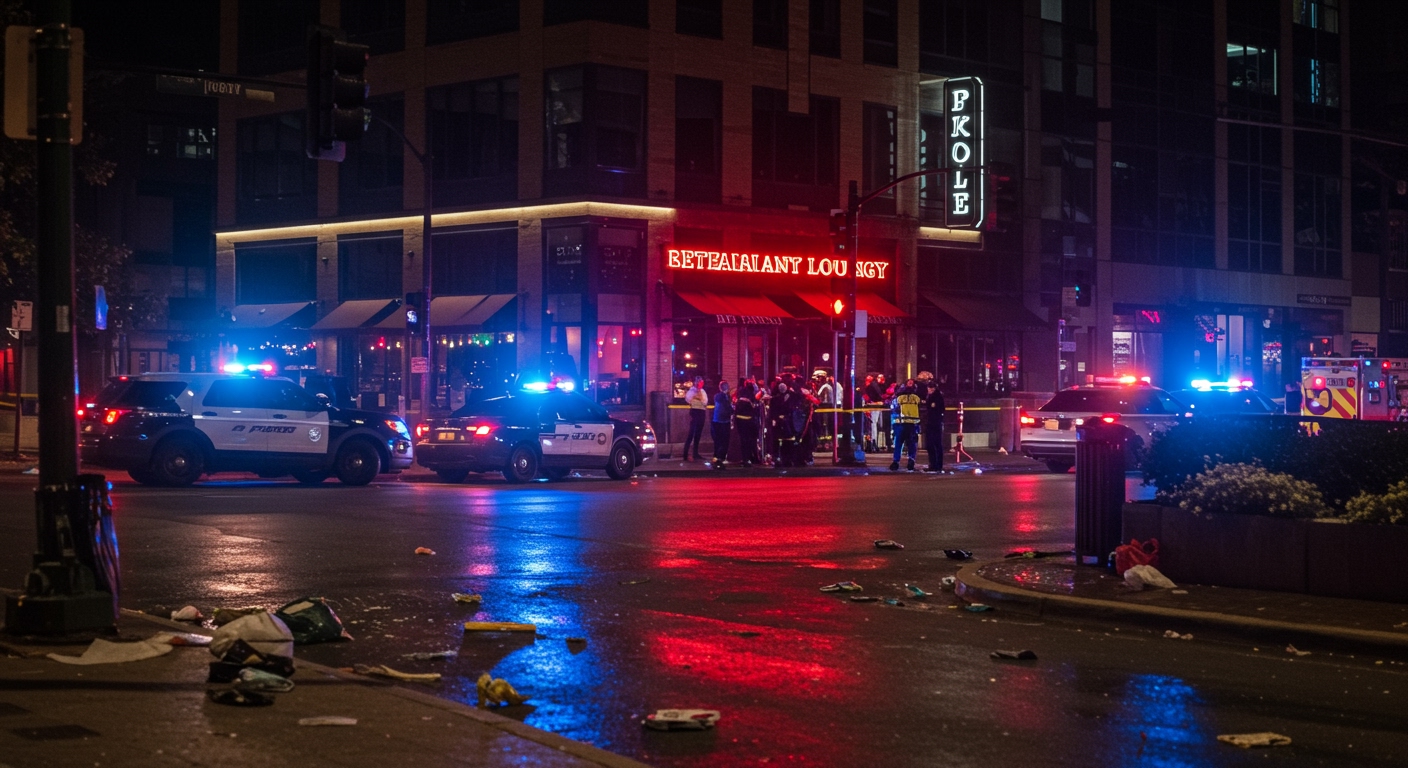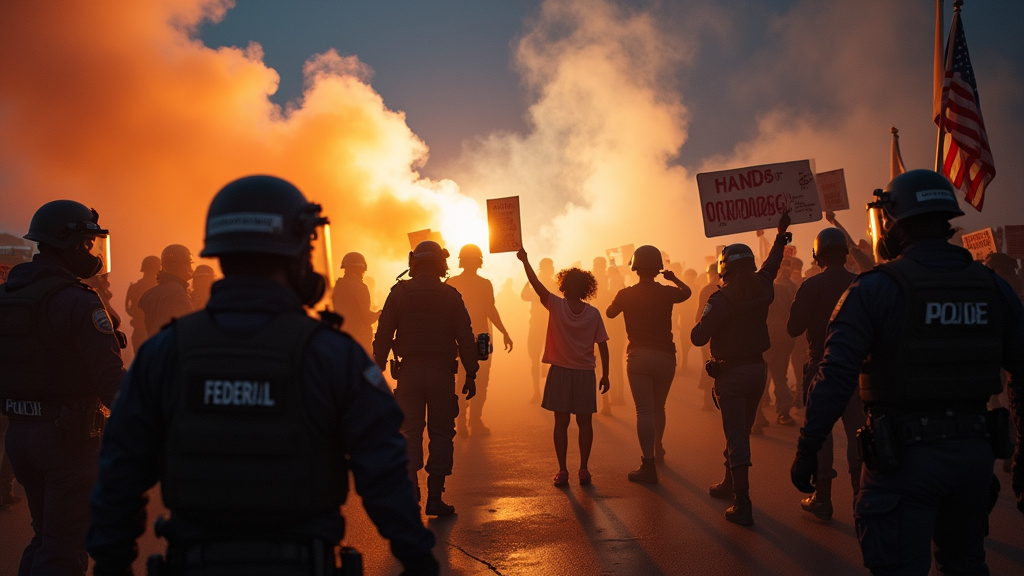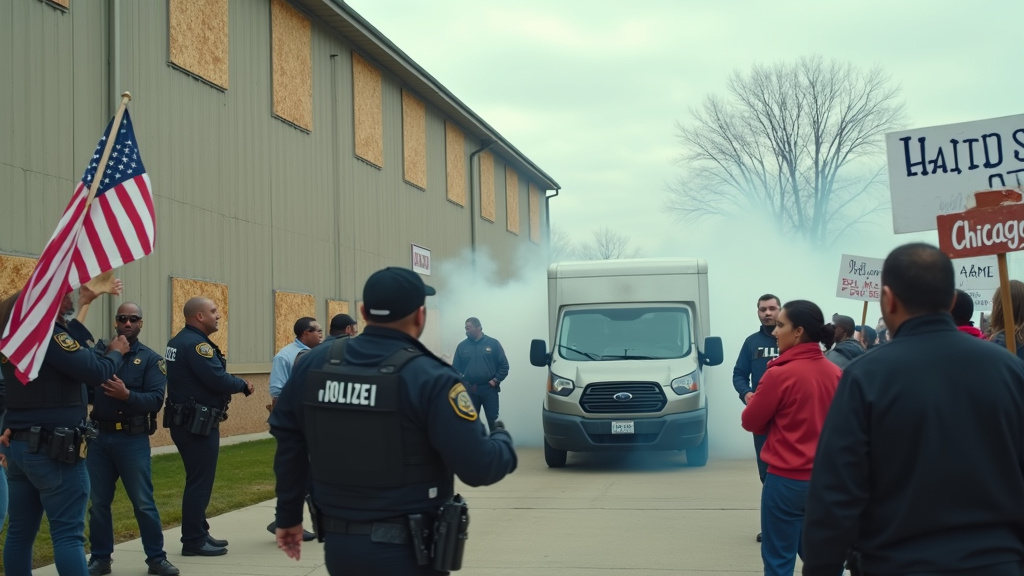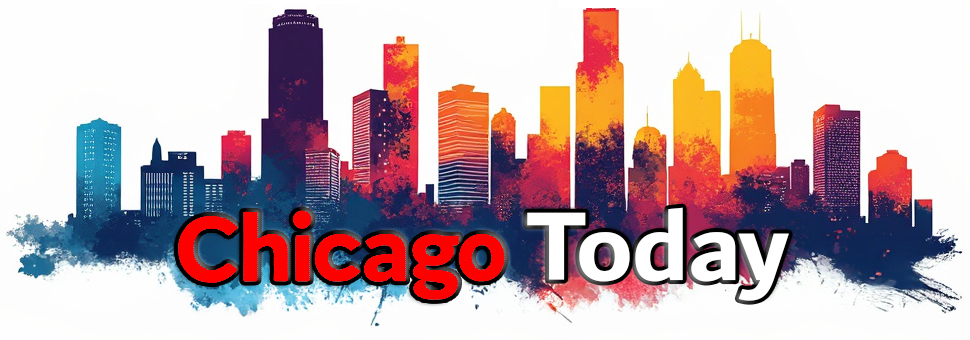BROADVIEW, Ill. – A tense and prolonged confrontation unfolded on Friday, September 19, 2025, outside a federal immigration enforcement building in Broadview, a Chicago suburb, as demonstrators attempted to block vehicles and clashed with U.S. Immigration and Customs Enforcement (ICE) agents. The day-long protest, which saw the deployment of chemical agents and resulted in multiple arrests, is part of a broader backlash against the Trump administration’s intensified immigration enforcement surge in the Chicago area, dubbed “Operation Midway Blitz.”
Demonstrators Engage in Blockade Tactics
The protest, which began in the early morning hours and lasted for over 12 hours, focused on the ICE processing center located at 1930 Beach Street. Dozens of demonstrators, many carrying American flags and signs with messages such as “Hands off Chicago,” gathered with the stated goal of disrupting ICE operations and impeding the movement of vehicles. This facility has become a recurring site for activism, with weekly demonstrations occurring since the launch of “Operation Midway Blitz” earlier in September. Protesters reportedly used their bodies to block the entrance and exit of the facility’s parking lot, attempting to prevent vehicles from proceeding.
Federal Agents Deploy Force to Disperse Crowd
In response to the blockade, ICE agents engaged with the protesters, leading to multiple skirmishes. Reports from the scene detail federal agents, some positioned on the facility’s rooftop, deploying less-lethal munitions. These included pepper balls, rubber bullets, and chemical agents, widely described as tear gas, which created dense smoke and forced protesters and media personnel to retreat. Witnesses described agents physically removing and tackling demonstrators who attempted to block vehicles. One notable incident involved a protester throwing a tear gas canister back at agents, who then subdued and arrested the individual. Another protester was physically removed after blocking a vehicle, with agents employing a chemical irritant.
Multiple Arrests and Injuries Reported
Throughout the day, several arrests were made. While the Department of Homeland Security (DHS) initially reported three arrests early in the day, the National Lawyers Guild of Chicago stated that at least 10 people were arrested by federal agents, with some later released with citations. Other accounts suggest up to four individuals were taken into custody. Beyond arrests, injuries were also reported. The Broadview Fire Department provided medical attention to at least one protester who was transported to a local hospital. Additionally, a Broadview police officer was exposed to chemical agents, and protesters reported being shoved, hit with pepper balls, and some required hospitalization for their injuries.
Clashing Narratives: Protesters vs. Authorities
The Department of Homeland Security issued a statement characterizing the demonstrators as “rioters” who allegedly assaulted law enforcement, slashed tires, and blocked the building’s entrance. DHS Assistant Secretary Tricia McLaughlin asserted that the operation was about enforcing laws and would not be deterred by “sanctuary politicians or violent rioters.” Conversely, protesters and their legal observers described the federal response as excessive and indiscriminate. They claimed agents used force against peaceful demonstrators, legal observers, and the media, and some reported being physically assaulted.
“Operation Midway Blitz” and Broader Enforcement Context
The Broadview protest is a direct response to “Operation Midway Blitz,” a significant immigration enforcement initiative launched on September 8, 2025, targeting the Chicago metropolitan area. This operation, which has been described as the administration’s most extensive in the region, aims to apprehend individuals with criminal records or final orders of removal. As of Friday, DHS reported nearly 550 arrests across the Chicago area as part of the initiative. The surge in enforcement, which includes operations in immigrant-heavy neighborhoods and suburbs, has heightened anxiety within immigrant communities and drawn criticism from local leaders.
Political Figures Condemn Tactics, Voice Support for Protesters
The demonstration attracted notable political figures who voiced their opposition to the federal crackdown. Illinois Lieutenant Governor Juliana Stratton was present early in the morning, criticizing the administration’s tactics as designed to instill fear and violate First Amendment rights. She emphasized the right to peaceful protest and affirmed support for immigrant communities in Illinois, a state that has historically been a sanctuary. Kat Abughazaleh, a congressional candidate for Illinois’s 9th district, reported being pushed to the ground and subjected to pepper balls. Chicago City Council member Andre Vasquez also attended, describing the use of chemical agents and condemning the federal response.
Incidents Fueling Opposition
The protests occurred in the shadow of a fatal encounter on September 12, 2025, involving Silverio Villegas-Gonzalez. Authorities stated that Villegas-Gonzalez, an undocumented immigrant with a history of reckless driving, resisted arrest during a traffic stop in Franklin Park, then drove his vehicle at officers, dragging one of them. An ICE officer subsequently fired his weapon, killing Villegas-Gonzalez. Advocates questioned aspects of the official account, noting Villegas-Gonzalez was unarmed and had no criminal record beyond traffic violations. This incident, among others, has galvanized activist opposition to the federal enforcement strategy.
Facility Evacuation Planned Amid Ongoing Tensions
Following the intense confrontations on September 19, reports emerged that the Trump administration planned to evacuate the Broadview ICE facility. According to Department of Homeland Security communications, detainees and equipment were slated to be moved to another ICE location. This decision underscores the significant disruption caused by the persistent protests and highlights the operational challenges faced by federal agencies amid heightened public resistance. The ongoing tension in the Chicago area reflects a deep divide over immigration policy and enforcement tactics. This news has become a HEADLINE event, reflecting the ongoing challenges and controversies surrounding immigration enforcement.


